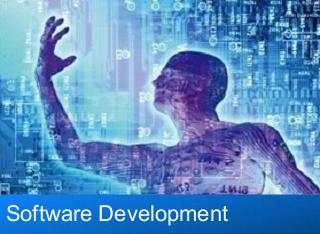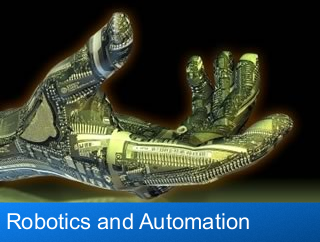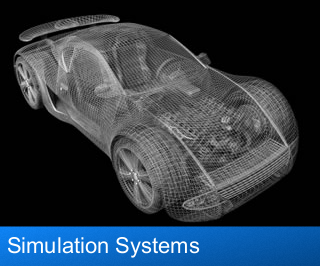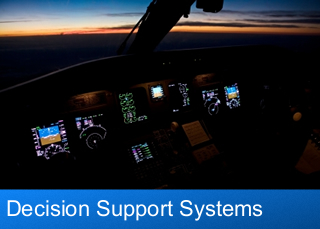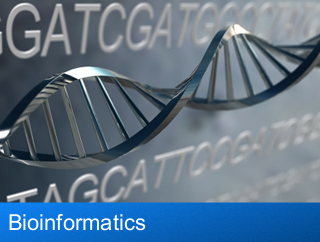 Machine Learning represents the next challenging frontier for computer vision. It provides the necessary tools for synthesising vision algorithms starting from adaptation of control parameters of the algorithms and systems.
Machine Learning represents the next challenging frontier for computer vision. It provides the necessary tools for synthesising vision algorithms starting from adaptation of control parameters of the algorithms and systems.
Vision technology is an interdisciplinary technology that combines lighting, cure check optics, erectile drugstore electronics, information technology, software and automation technology. This involves manipulating and analysing images in order to improve image quality (contrast, colour, etc.), restore images (e.g. noise reduction), code pictures (data compression), or understand and interpret images (image analysis, pattern recognition), as in biology (counting cells), in medicine (interpreting CT scanning results), in the construction industry (thermo graphic analysis of buildings) or in security (verification of biometric dimensions).
The field has evolved from the application of classical pattern recognition and image processing methods to advanced techniques in image understanding, for example model based and knowledge based vision.
In applying machine learning for you, we will create a higher level of competence and greater generality to allow the use of experience gained in creating a vision system for one application domain to that of another by developing systems that acquire and maintain knowledge. The system will recognise recurrent defects and so immediately removes them, resulting in increased productivity and availability and thus giving you a unique ability to resolve the trade off between raising quality and cutting costs.
Machine learning for computer vision is distinctively different from plain machine learning. Loads of data, spatial coherence, and the large variety of appearances, make computer vision a special challenge for our machine learning algorithms.
The advent of Internet introduced content based image retrieval. The combining independent (informal) archives, as the web is, urges for the interactive evaluation of approximate results and hence weak algorithms and their combination in weak classifiers. As datasets overflow the need for an archive based, semantic, or alternatively an experience based vision systems rises, leading the way for cognitive vision systems.
As the need for the accessibility of the pictorial content to a level compatible with that of humans rises, we now have to identify basic laws and then learn the specifics of the model from a larger dataset.
Machine learning can now capture the variations in visual appearance, rather than having the designer of the model accomplish this. It has evolved from the relatively “knowledge free” general purpose learning system, the “perception” and decision theoretic approaches for learning to symbolic learning of high-level knowledge Aneural networks and genetic algorithms.
By application of machine learning, we offer effective methods for your vision systems for automating the model or concept acquisition and updating processes, adapting task parameters, task representations and using experience for generating, verifying and modifying hypotheses as well as other applications such as segmentation and feature extraction, learning rules, relations, features, discriminant functions, and evaluation strategies; learning and refining visual models; indexing and recognition strategies; integration of vision modules and task level learning; learning shape representation and surface reconstruction strategies; self-organising algorithms for pattern learning; biologically motivated modelling of vision systems that learn; parameter adaptation and self calibration of vision systems.
It is necessary to evaluate the performance characteristics of these systems using a variety of real, calibrated data. Machine learning offers a solution and is used as an evaluation tool.
Our vision techniques are robust and flexible which would optimise performance and the algorithms can work under partial occlusion, high clutter, low contrast, and changing environmental conditions.
Solutions delivered
Vision and Pattern-recognition
- None face based (movement specific) vision system for a security system.
- High speed auto-drive vision system (phase one) for a prominent car manufacturer.
- Handwriting Block Recognition algorithm for a major Mobile communications systems company.
- Voice Recognition system, locks into ones specific Biochemistry, making fraud impossible, for a high-security systems company
- Image analysis (Pattern Recognition, object analysis in QC of cDNA spots for MGII600 of microarray)
- Automated Face Recognition system. (Advantage: the algorithm is several orders of magnitude faster compared to similar systems).


